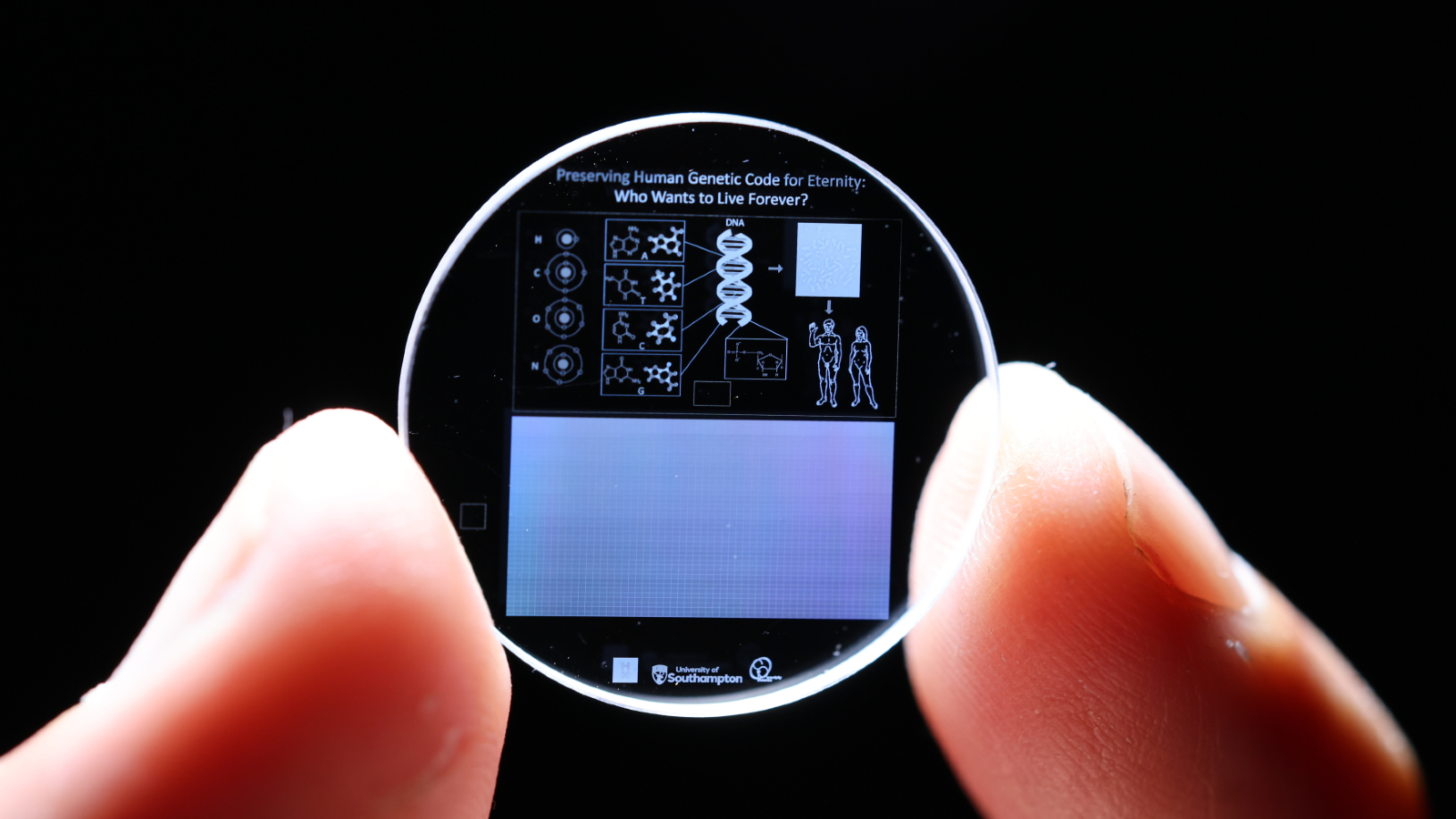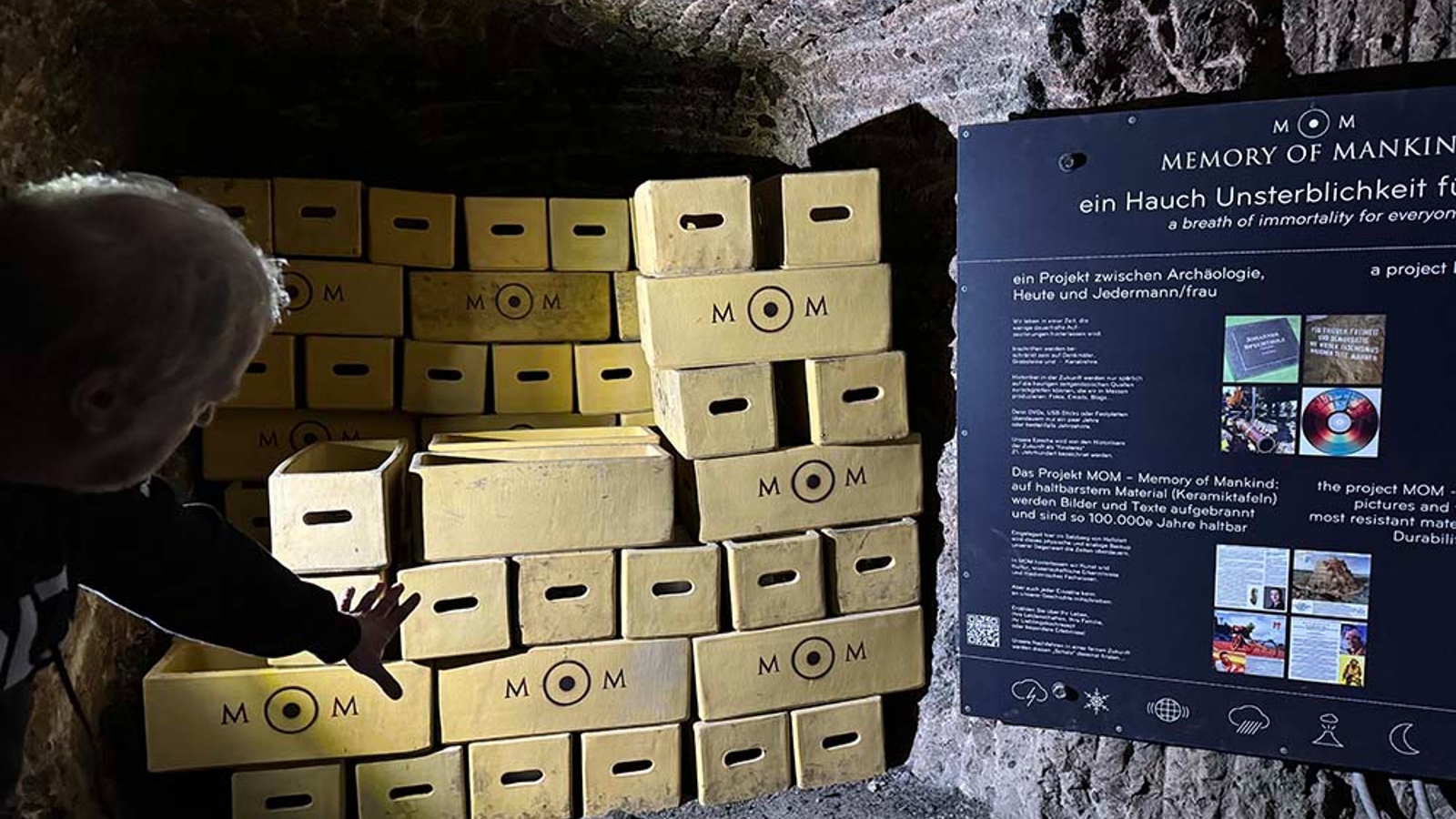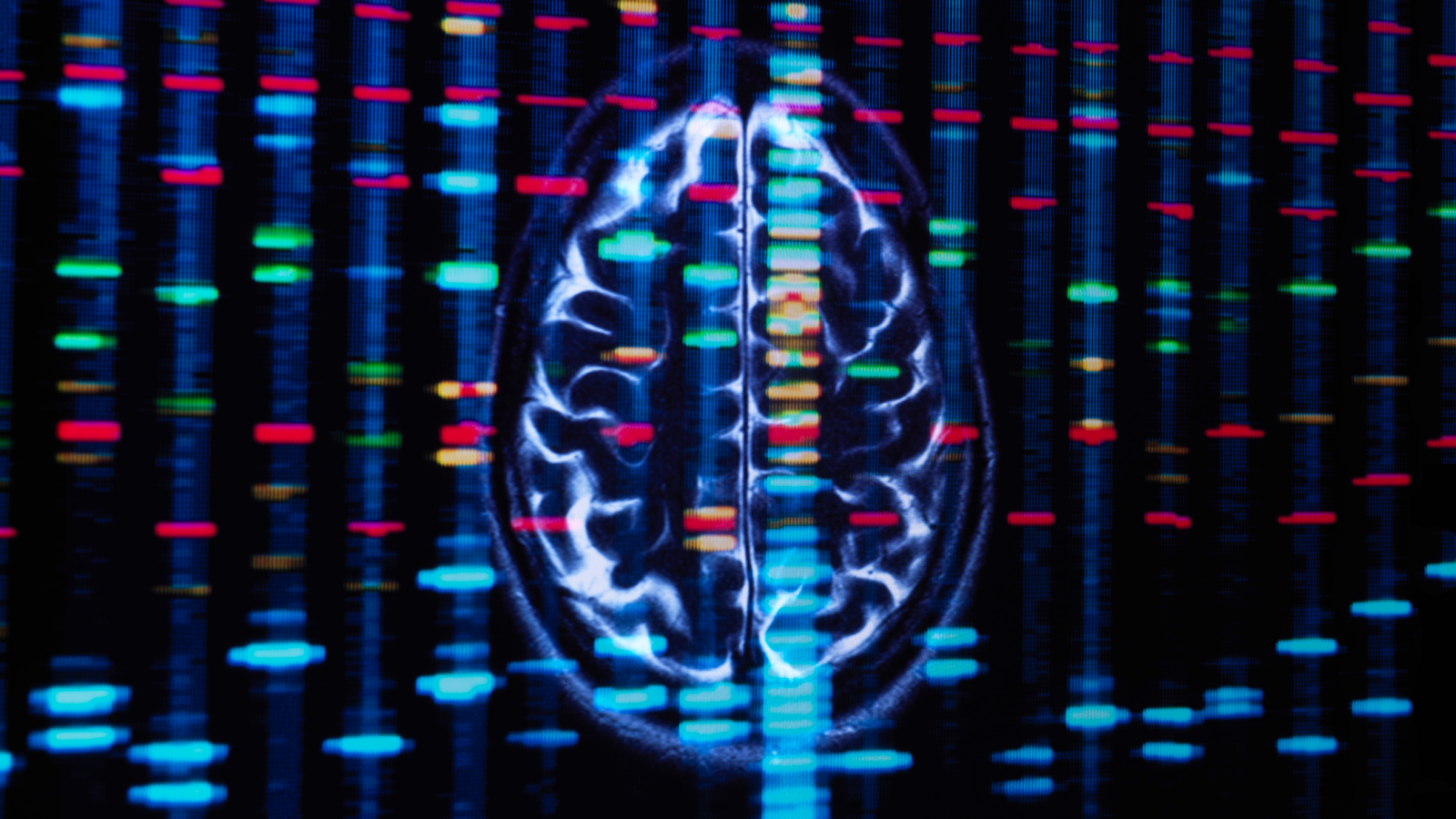Human genome stored inside near-indestructible '5D memory crystal' that could survive to the end of the universe
The record-breaking crystal will act as a DNA time capsule that could be used to bring back humanity after our extinction, researchers say. But not everyone is convinced.

For the first time, scientists have stored a copy of humanity's genetic blueprint inside a near-indestructible "5D memory crystal" — a new data storage format that could keep the valuable information safe for billions of years, or even potentially to the end of time.
The researchers believe the DNA time capsule could be used to revive our species long after we have gone extinct. But not everyone agrees.
The coin-size crystal, developed by researchers at the University of Southampton in England, is made from a synthetic material that mimics the properties of fused quartz — a glass made of almost pure silica, which is one of the most thermally and chemically stable materials ever discovered. The team first pioneered the crystal in 2014, and it's remained the "most durable data storage material" on the planet ever since, according to Guinness World Records.
Most data storage formats in use today degrade over time. But researchers predict that the crystals could remain stable at room temperature for 300 quintillion years (3 followed by 20 zeros), which is longer than most theories predict the universe will last. Even at higher temperatures up to 374 degrees Fahrenheit (190 degrees Celsius), the material could stay intact for up to 13.8 billion years, which is around the same age as the universe is now. Either way, the crystal could potentially outlive Earth, which will be destroyed by the sun in around 5 billion years.
The crystals can survive in temperatures around 1,800 F (1,000 C) or well below freezing. They can also withstand forces up to 10 tons per square centimeter — roughly equivalent to the weight of two African elephants (Loxodonta sp.) — and long exposure to cosmic radiation, meaning they could survive long journeys through space, researchers wrote in a statement.
Related: New DNA-infused computer chip can perform calculations and make future AI models far more efficient

To store information within the crystals, the researchers use lasers to transcribe data onto millions of 20-nanometer-wide (0.0000008 inches) nodes stacked within a five-dimensional matrix, which contains "two optical dimensions and three spatial coordinates," researchers wrote.
Get the world’s most fascinating discoveries delivered straight to your inbox.
The researchers first accomplished this in 2016, when they transcribed copies of famous texts, such as the Magna Carta, the Universal Declaration of Human Rights and the King James Bible, onto the crystals. The largest crystals can store up to 360 terabytes of data, which is more than 5,000 times more than a typical iPhone.
In this case, the team spelled out the entire human genome using the four letters that represent the nucleotides, or bases, of DNA: adenine (A), cytosine (C), guanine (G) and thymine (T). The entire genome is about 3 billion letters long, according to the National Human Genome research institute.
The crystal will be placed in the Memory of Mankind collection deep within the abandoned Hallstatt salt mine in Germany and "could provide a blueprint to bring humanity back from extinction thousands, millions or even billions of years into the future," researchers wrote.
It is not currently possible to revive a species based solely on a single genome. However, the team believes that a future advanced civilization that either evolved from humans or hails from an alien world may possess the necessary knowledge and technology to accomplish this.
The crystal also includes small visual diagrams of nucleotide structures, DNA's double-helix shape and the atomic structure of elements crucial to life such as carbon, oxygen and nitrogen. The researchers hope these visual clues will reveal the crystal's purpose to whoever finds it once we are gone.
However, other researchers are unconvinced that a future civilization could revive humanity from this crystal. Thomas Heinis, a researcher and DNA storage expert at Imperial College London, told CNN it is unlikely that anyone who found the chip would instinctively know what it was for or be able to read it. "I can barely connect my 10-year-old iPod and listen to what I listened [to] back then," he said.
But there may be other uses for these genetic memory chips.
The technology also "opens up possibilities for other researchers to build an everlasting repository of genomic information from which complex organisms like plants and animals might be restored should science in the future allow," lead researcher Peter Kazansky, a professor in optoelectronics at the University of Southampton, said in the statement.
This could help preserve the DNA of species threatened with extinction due to climate change and other human-related activities, the researchers said.

Harry is a U.K.-based senior staff writer at Live Science. He studied marine biology at the University of Exeter before training to become a journalist. He covers a wide range of topics including space exploration, planetary science, space weather, climate change, animal behavior and paleontology. His recent work on the solar maximum won "best space submission" at the 2024 Aerospace Media Awards and was shortlisted in the "top scoop" category at the NCTJ Awards for Excellence in 2023. He also writes Live Science's weekly Earth from space series.


